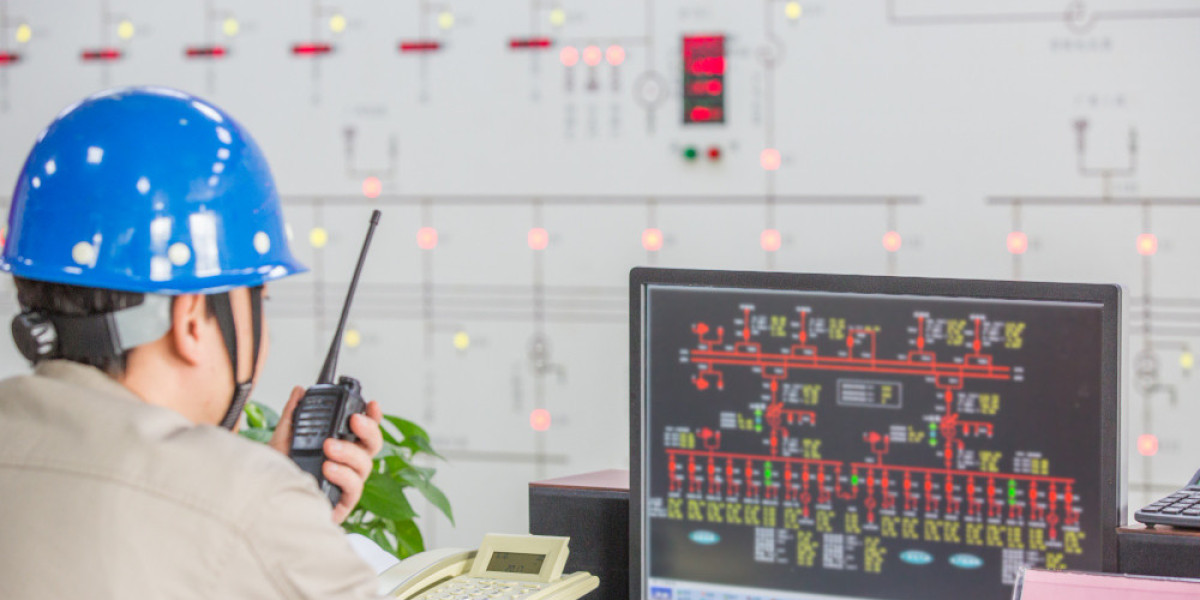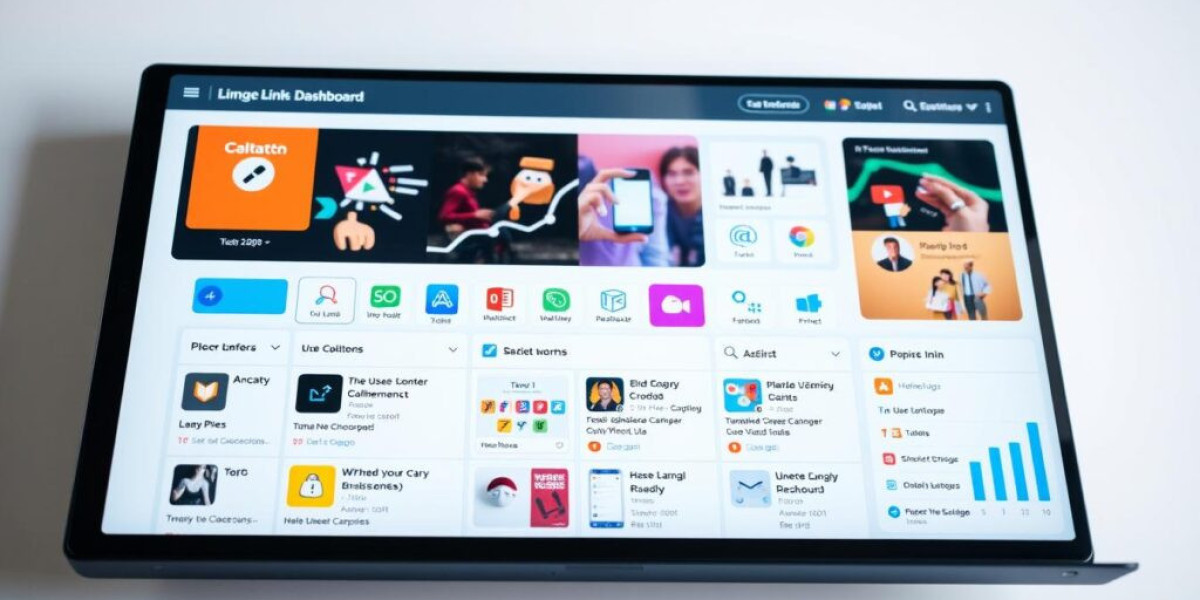In today's fast-paced and technologically driven world, the demand for reliable, efficient, and sustainable electrical infrastructure has never been greater. As industries, cities, and societies continue to evolve, the next generation of electrical infrastructure, including advanced Electrical switchgear, is playing a pivotal role in shaping progress. This transformation encompasses cutting-edge innovations, from smart grids to renewable energy integration, all designed to meet the increasing energy demands while ensuring sustainability and resilience.
In this blog, we delve into the profound impact of next-gen electrical infrastructure and how it is powering progress across various sectors.
What is Next-Gen Electrical Infrastructure?
Next-gen electrical infrastructure refers to advanced systems and technologies designed to modernize how electricity is generated, distributed, and consumed. Unlike traditional infrastructure, which often struggles to keep up with contemporary energy demands and sustainability goals, next-gen systems incorporate smart technologies, automation, and renewable energy sources.
These innovations are aimed at improving energy efficiency, minimizing environmental impact, and ensuring grid reliability even under challenging conditions.
Key components of next-gen electrical infrastructure include:
Smart Grids: These are advanced power grids equipped with sensors, automation, and real-time data analytics to optimize energy distribution and consumption.
Renewable Energy Integration: Solar, wind, and other renewable sources are seamlessly integrated into the grid, reducing dependence on fossil fuels.
Energy Storage Systems: Batteries and other storage solutions enable the grid to store excess energy and deploy it during peak demand.
Electric Vehicle (EV) Infrastructure: Charging networks and systems that support the growing adoption of electric vehicles.
Microgrids: Localized grids that can operate independently, ensuring energy availability during outages or emergencies.
Benefits of Next-Gen Electrical Infrastructure
Enhanced Energy Efficiency
Next-gen systems optimize energy usage through real-time monitoring and analytics. For example, smart grids can detect energy wastage and automatically adjust distribution to prevent overloading. This efficiency not only reduces operational costs but also minimizes carbon emissions.
Sustainability and Environmental Impact
By integrating renewable energy sources, next-gen infrastructure significantly reduces greenhouse gas emissions. The shift away from fossil fuels to cleaner energy aligns with global efforts to combat climate change and achieve net-zero emissions.
Improved Reliability and Resilience
Traditional power grids are often vulnerable to outages caused by extreme weather, cyberattacks, or equipment failures. Next-gen systems use predictive analytics and automation to identify and address potential issues before they escalate. Microgrids, in particular, enhance resilience by providing localized energy independence.
Economic Growth and Job Creation
The development and deployment of next-gen electrical infrastructure create opportunities for economic growth. Investments in renewable energy, smart technologies, and grid modernization generate jobs across various sectors, including engineering, construction, and technology development.
Support for Electrification
As more industries and households transition to electrification\u2014from EVs to electric heating\u2014next-gen infrastructure ensures the grid can handle increased demand without compromising reliability or efficiency.
Key Technologies Driving Next-Gen Infrastructure
Smart Grids
Smart grids utilize sensors, advanced meters, and communication technologies to provide real-time insights into energy consumption and distribution. This enables utilities to respond quickly to changes in demand, reducing energy waste and improving grid performance.
Renewable Energy Systems
The integration of solar panels, wind turbines, and hydroelectric systems into the grid has been a cornerstone of next-gen infrastructure. These renewable systems not only diversify energy sources but also contribute to long-term energy sustainability.
Energy Storage Solutions
Batteries, such as lithium-ion and flow batteries, are essential for balancing energy supply and demand. They store excess energy generated during low-demand periods and release it during peak times, ensuring a stable energy supply.
Electric Vehicle (EV) Networks
The growing adoption of EVs necessitates robust charging infrastructure. Next-gen systems incorporate smart charging technologies that optimize energy use while minimizing grid strain during peak hours.
Artificial Intelligence (AI) and Machine Learning
AI-driven algorithms analyze vast amounts of data to predict energy demand, detect faults, and optimize grid operations. These technologies play a crucial role in enhancing the efficiency and reliability of next-gen systems.
Real-World Examples of Next-Gen Electrical Infrastructure
Teslas Virtual Power Plant (VPP):
Tesla has deployed a VPP in South Australia, connecting thousands of homes equipped with solar panels and batteries. This network functions as a decentralized power plant, providing energy to the grid during high-demand periods.
Singapore Smart Nation Initiative:
Singapore government has implemented smart grid technologies as part of its Smart Nation initiative. These systems optimize energy distribution and integrate renewable energy sources to meet the city-state's energy needs.
California Microgrid Projects:
California has invested heavily in microgrid projects to ensure energy resilience in areas prone to wildfires. These microgrids provide reliable power during outages and reduce reliance on centralized grids.
Conclusion
Next-gen electrical infrastructure is the backbone of modern progress, enabling sustainable development, economic growth, and energy resilience. Companies like IndustLabs are at the forefront of these advancements, driving innovations from smart grids to renewable energy integration. These advanced systems are transforming how we generate, distribute, and consume electricity.
While challenges exist, the potential benefits far outweigh the hurdles. By embracing next-gen infrastructure, we can power a future that is not only efficient and reliable but also environmentally responsible.








